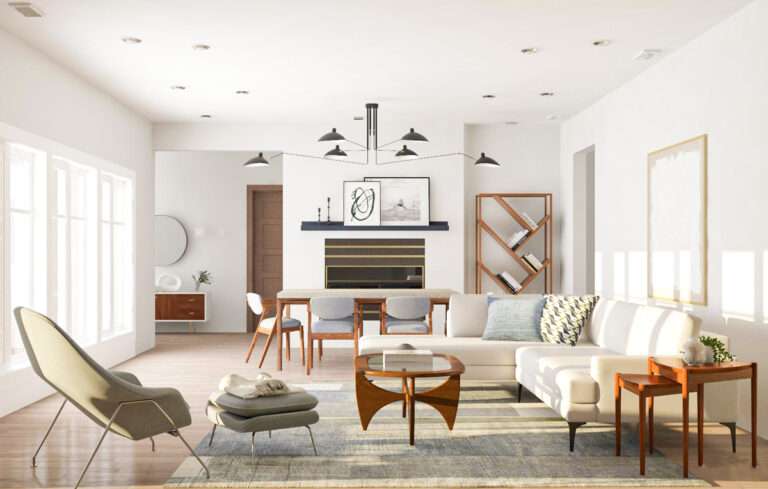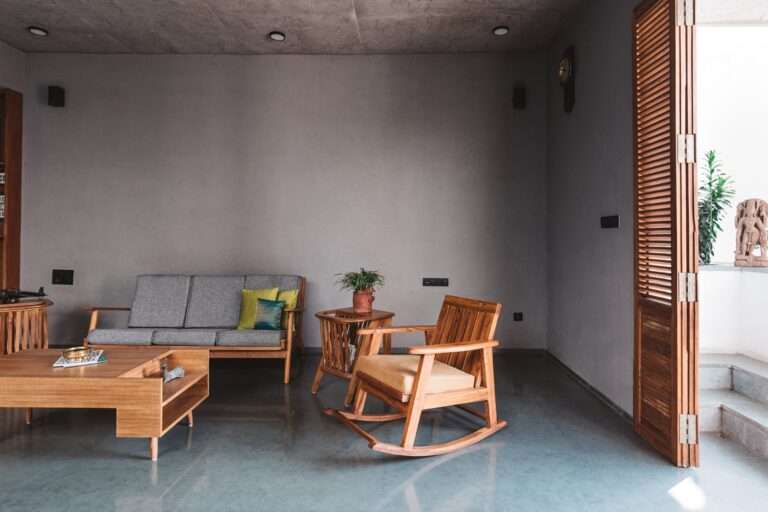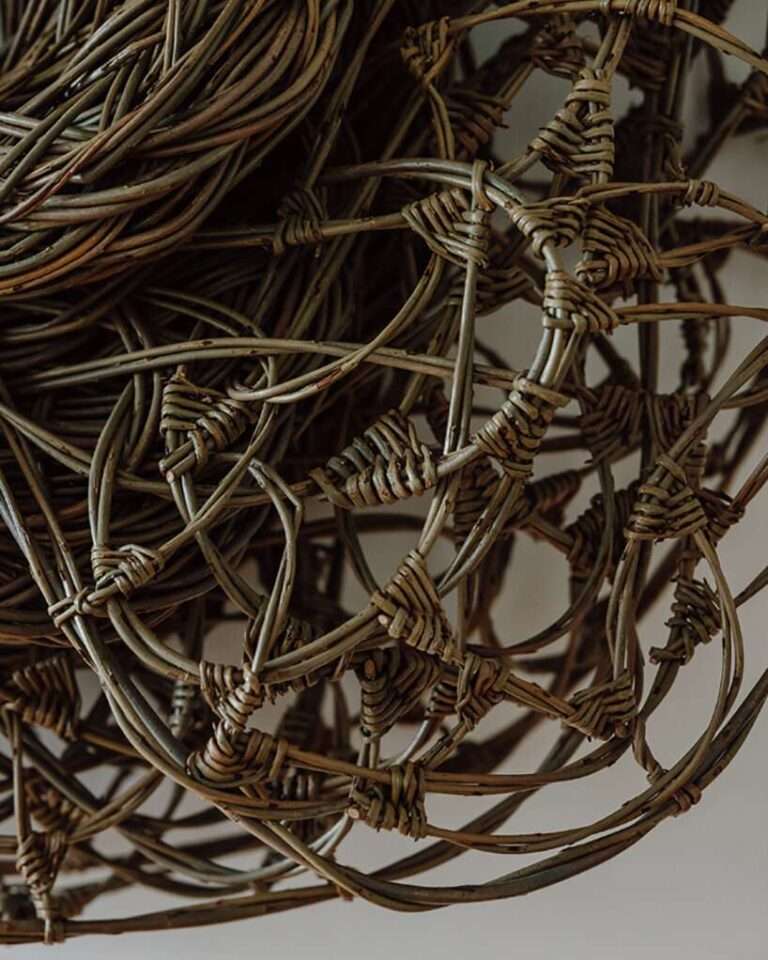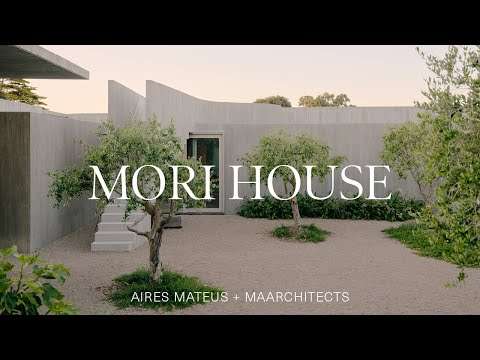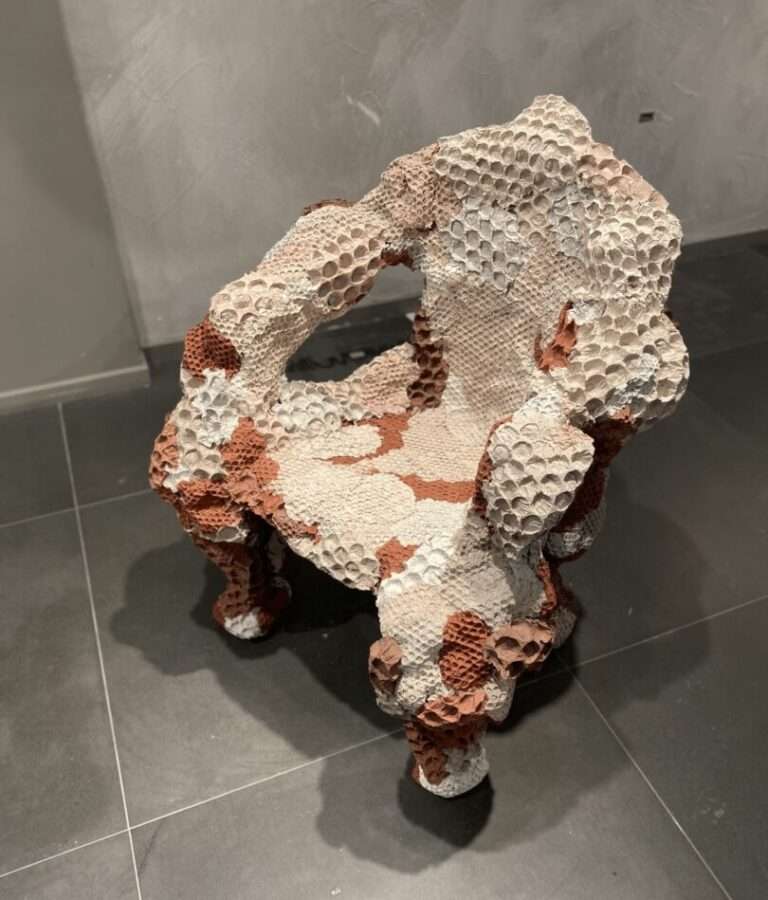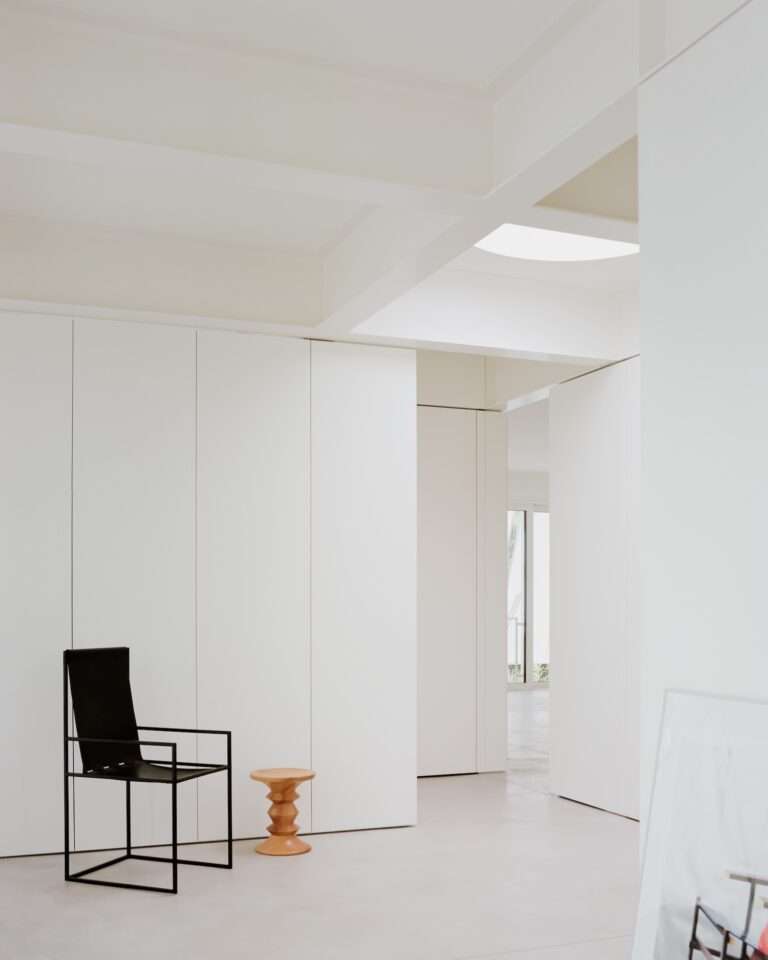Sydney-based sculptor Dion Horstmans’ collection of art is a melding of shadow, fire, light and exertion. Creating his metalwork in the dark, Dion’s art showcases how light moves, changes, elongates and foreshortens. Born in New Zealand and raised in the Cook Islands, Dion dropped out of university at eighteen before travelling across the Pacific, Europe and South-East Asia. After arriving back in Darwin after his travels, the designer then travelled down the east coast until he ended up Sydney, where he began his career as an artist. Always wanting to be an artist, Dion has tried everything from labouring to working on fishing boats, which gave him the experience to work with a wide range of tools, techniques and finishes.
Dedicated to waking up early, Dion begins his days by having a swim in the ocean. It is here that he feels like a weightless being in vast space that is greater than he and is inspired by the way the light refracts through the waves and the angular shadows cast by rocks. In the ever-changing and evolving world of art, Dion describes his work as abstract, geometric, dynamic and, most of all, a self-expression of working out where he stands within himself. Initially taking a sense of inventiveness he observed in cartoons at an early age, Dion’s inspirations have now moved to early abstract artists such as Picasso. In the documentary, Dion shows an early interpretation of his art where he creates angular drawings with points. He then scribes a line going through one point to another in circular motions. From here, the sculptor moves to his large, vacuous concrete bunker in which he has added plywood walls down both sides so he can drill into the walls and hang his transformative high-end metalwork.
Seen in the documentary, and vastly different from his own home, Dion’s studio operates as a functional space with everything on wheels. Practicing good habits as a sculptor, such as organisation, Dion knows without a doubt where everything is within his sculpting studio. Dion finds winter the best season to work with steel in due to the protective wear that is needed, such as a long sleeve shirt, pants, a heavy full-length leather apron, gloves, helmet and earplugs. When the steel arrives to Dion’s studio it is usually covered in grease and dirt. Dion will drag it inside and grab the largest round bar before measuring and cutting, welding, grinding and weaving the pieces together. Dion will clean as he goes as, for when the pieces start to take shape, he admits that it is hard to get into the smaller spaces to tidy up. Praising the materials he uses for their versatility and beauty, Dion also notes that it is due to the ability to reuse metal pieces and reform them that truly makes it one of the best mediums to work with. Creating 3D drawings in real time and in a real space, Dion Horstmans is a sculptor that constantly pushes himself and questions what comes next and how he can continue to craft one-of-a-kind pieces.
00:00 – Introduction to the Steel Sculptor
00:58 – The History of the Steel Sculptor
01:54 – Dion’s Design Process and Inspiration
03:43 – The Workspace and Sculpting Process
05:24 – A Beautiful and Malleable Material
06:50 – Focusing on Community
For more from The Local Project:
Instagram – https://www.instagram.com/thelocalproject/
Website – https://thelocalproject.com.au/
Print Publication – https://thelocalproject.com.au/publication/
Hardcover Book – https://thelocalproject.com.au/book/
The Local Project Marketplace – https://thelocalproject.com.au/marketplace/
To subscribe to The Local Project’s Tri-Annual Print Publication see here – https://thelocalproject.com.au/subscribe/
Photography by Pablo Veiga.
Artwork by Dion Horstmans.
Filmed by The Local Project.
Edited by Brad Hurt.
Production by The Local Project.
The Local Project acknowledges the Aboriginal and Torres Strait Islander peoples as the Traditional Owners of the land in Australia. We recognise the importance of Indigenous peoples in the identity of our country and continuing connections to Country and community. We pay our respect to Elders, past and present and extend that respect to all Indigenous people of these lands.
#Sculptor #Artist #Steel
SyncID: MB01PA8VD4HZ05M
